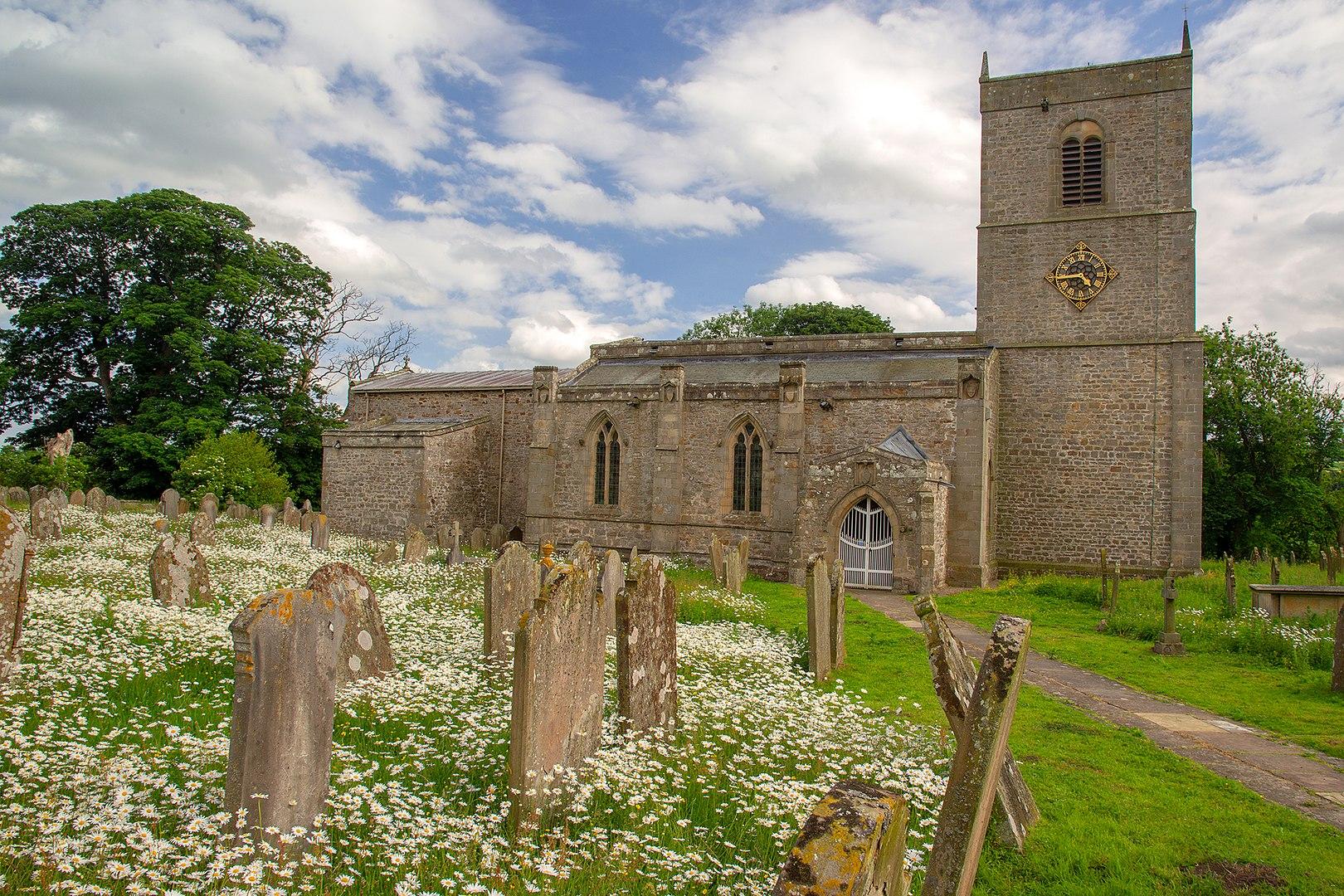The National Churches Trust is dedicated to supporting churches so that they can stay open as places of worship. Sometimes, however, churches do have to close and an increasing number of closures is predicted in the coming years.
In special article for our blog, Clare Chapman, Closed Churches Officer at the Diocese of Leeds explains how news uses can be found for church buildings.
In his blog post ‘Churches are our living heritage’, Dr Nigel Walter, architect and Trustee of the National Churches Trust, describes a ‘narrative approach’ to churches, which sees them as living buildings still in development. He writes ‘their narrative is not completed, but ongoing. Church buildings have typically changed multiples times over their long history. Those changes account for their multi-layered character, and often for their very survival – change is in their nature."
For some, this idea of change is thought-provoking, whilst for others it is a worrying prospect, particularly if it involves the closure of a church building. It raises the question, should this narrative approach apply to closing churches too?
The effects of closure are profound
A difficult conversation arises when church buildings are no longer needed as a place of worship. A steady decline in the size of the congregation, limited financial resources under increasing strain and the prohibitive cost of building repairs, maintenance and rising insurance premiums can be citing as contributing factors to the decision to close a church. The effects of closure are profound and often accompanied by a deep sense of loss for those surrounding the church.
If an agreement is made to close a church, then the Diocese and the Church Commissioners will manage the process and work together to seek a new use for the church building affected. The Mission and Pastoral Measure 2011 provides the legal framework for settling the future of closed church buildings and sets out the significant public consultation involved in establishing any new use. Overall, the process is both complex and lengthy, but is explained aptly and in considerable detail in the pamphlet ‘What happens when a church building closes?’
Given the complexities involved in the process, it can take a number of years to settle the future of a closed church building. During this time, the Diocese are responsible for keeping the building wind and water tight, as well as meeting the cost of insurance. Each Diocese is responsible for seeking new uses for the closed church buildings in its area, with an emphasis on finding suitable and sustainable alternatives. Some of the most common new uses for church buildings include worship space for other Christian groups, community and commercial uses, as well as conversion into domestic residences.
Keep them open to the public
In some circumstances, church buildings can be of such great architectural quality and historic interest that they should be preserved as they are. The Church Commissioners have the option to place a very small number of historic churches into the care of organisations like the Churches Conservation Trust or the Friends of Friendless Churches who can maintain the buildings and keep them open to the public.
In the wake of the Coronavirus pandemic, there is a question as to whether more churches will make the difficult decision to close in the not too distant future. As yet there is no definitive evidence that this will be the case. The Church of England currently states that only a small number of churches, approximately 20 to 25, close across the country every year.
If the number of churches facing closure do increase, should we actively embrace the idea of change that Walter proposes? Could we try to frame the closure of church buildings as an opportunity, a means of exploring what these historic spaces could become and how future generations might come to experience them?
Imaginative reuses of church buildings
I have seen some imaginative reuses of church buildings over the years. The most impressive by far was Grade I listed St Paul’s Church in Bristol, now a centre for contemporary circus and physical theatre. Then there is The Old Church Dental Practice housed in the splendid setting of the grade II listed former United Reformed church in Lightcliffe. Imagine going for a routine check-up there!
Arts and creative uses are amongst some my favourites, for example St James the Less, a grade I listed medieval church in Norwich has been home to the Norwich Puppet Theatre for over 40 years! Whilst Left Bank Leeds has transformed the grade II* listed former church of St Margaret of Antioch into a thriving multidisciplinary arts and community space since it took on the building 20 years ago.
Writing a new chapter
These examples demonstrate that when carefully considered, we can write a new chapter in the story of closed church buildings. We can enable them to serve their local communities as something other than a place of worship, attracting different audiences who can enjoy these spaces in different ways. In finding new uses for these places, we can help to support their continued contribution to our villages, towns and cities, all the while respecting their spiritual foundations and historic traditions.

